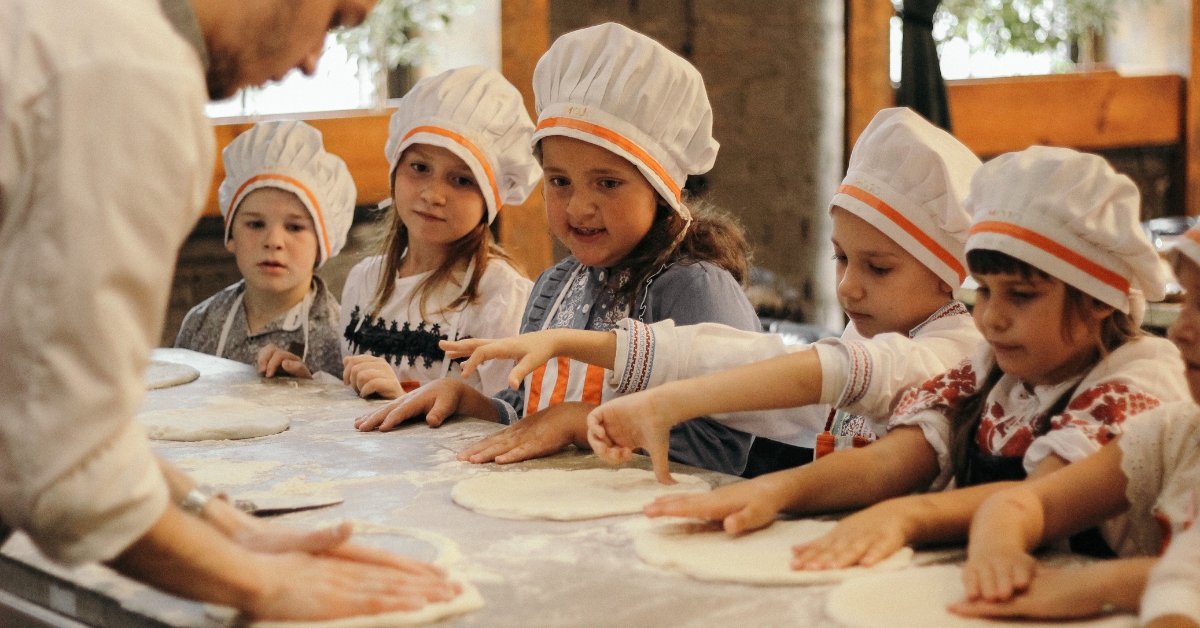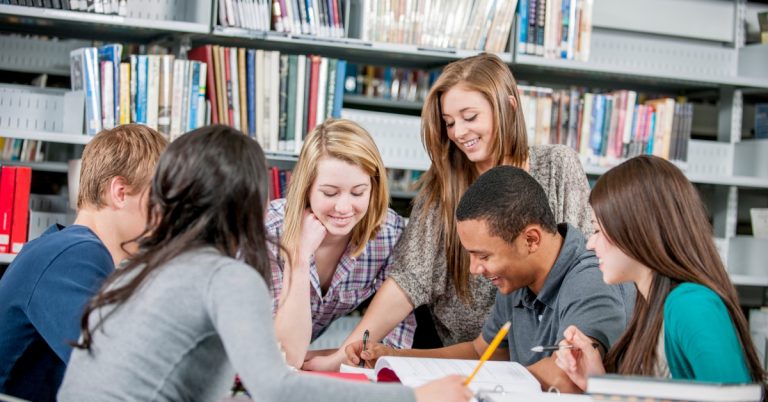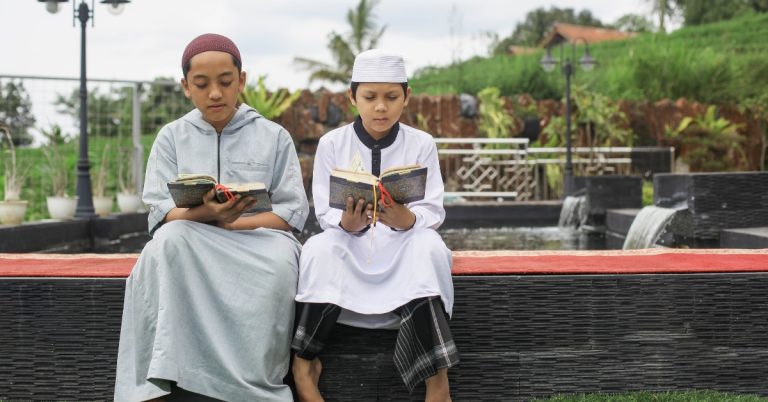In an ever-evolving world, understanding how children learn and develop is of paramount importance. The foundation of lifelong learning is laid during childhood, making it essential to harness effective learning strategies that unlock a child’s full potential. While every child is unique, certain principles can be universally applied to enhance their educational experience. This article explores the secrets to effective childhood learning, emphasizing creativity, engagement, emotional intelligence, and the role of environment.
The Power of Curiosity and Engagement
At the heart of effective childhood learning is the innate curiosity that every child possesses. Children are natural explorers, constantly seeking to understand the world around them. To harness this curiosity, learning experiences should be designed to be engaging and interactive.
Hands-On Learning
Research has shown that children retain information more effectively when they can participate actively in the learning process. Hands-on activities – such as experiments, art projects, and group games—allow children to connect concepts to real-world situations. Educators and parents should look for opportunities to incorporate play-based learning, where exploration and creativity are encouraged.
Storytelling and Imagination
Children have vivid imaginations, and storytelling can serve as a powerful learning tool. Stories captivate children’s attention while teaching valuable lessons and concepts. By engaging children with narratives that incorporate educational themes, adults can foster a love for learning and encourage critical thinking skills.
Fostering Emotional Intelligence
Emotional intelligence plays a crucial role in effective learning. Understanding one’s own emotions and those of others enhances a child’s ability to engage in social situations positively, navigate conflicts, and collaborate with peers.
Social-Emotional Learning Programs
Incorporating social-emotional learning (SEL) into the curriculum equips children with the skills to manage their emotions, set goals, and develop empathy. These programs often include activities that encourage self-reflection, promote teamwork, and provide tools for effective communication. By prioritizing emotional intelligence, we are not only enhancing academic success but also preparing children for the complexities of life.
Creating a Safe Space for Expression
Children need to feel safe and supported in their learning environments. When they are assured that their opinions are respected, they are more likely to participate actively. Encouraging self-expression through discussions, art, and movement allows children to develop confidence while also understanding the value of diverse perspectives.
The Role of Environment
The learning environment significantly influences a child’s ability to absorb knowledge. A well-structured, stimulating space can inspire creativity and curiosity.
Structured yet Flexible Spaces
Creating a balance between structure and flexibility is essential. While children thrive with established routines, they also need opportunities for exploration and spontaneity. Learning environments should be arranged to facilitate different types of activities, from quiet reading to intense group collaboration.
Nature and Outdoor Learning
Research indicates that exposure to nature can enhance a child’s cognitive capabilities and emotional well-being. Outdoor learning encourages exploration, creativity, and a connection to the environment. Incorporating outdoor activities – whether through field trips, nature walks, or outdoor classrooms – can significantly enrich the learning experience.
The Importance of Family Engagement
Family involvement in a child’s education cannot be overstated. The home environment is critical in shaping attitudes towards learning.
Communication and Collaboration
Open lines of communication between parents and educators foster a collaborative approach to a child’s learning journey. Regular updates, parent-teacher meetings, and workshops can help parents understand how to support their children academically and emotionally at home.
Learning Beyond the Classroom
Learning should not be confined to the classroom. Encouraging educational outings – whether to museums, libraries, or cultural events – reinforces classroom learning and allows families to bond over discovering new things together. Simple at-home activities, such as reading together or engaging in conversations about daily experiences, can also solidify learning in a meaningful way.
Conclusion
Unlocking the potential of childhood learning is a multifaceted endeavor that requires the collaboration of educators, parents, and the community. By fostering curiosity, promoting emotional intelligence, creating an enriching environment, and strengthening family ties, we can set the stage for effective learning experiences that equip children with the skills they need for future success. Education is not just about imparting knowledge; it is about nurturing the whole child and celebrating their unique journey of discovery. In doing so, we pave the way for future generations to thrive in an increasingly complex world.



